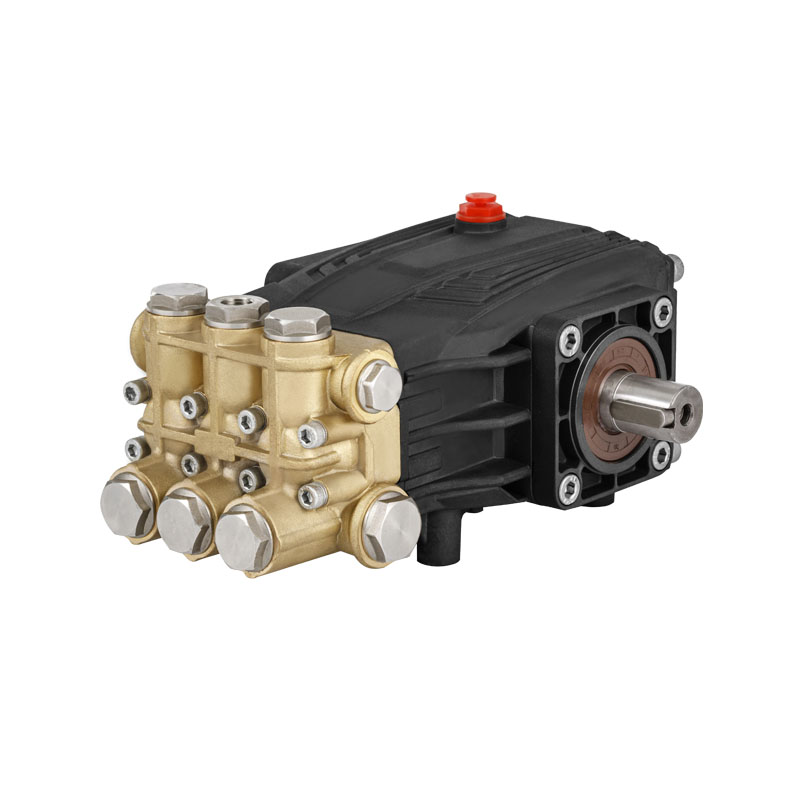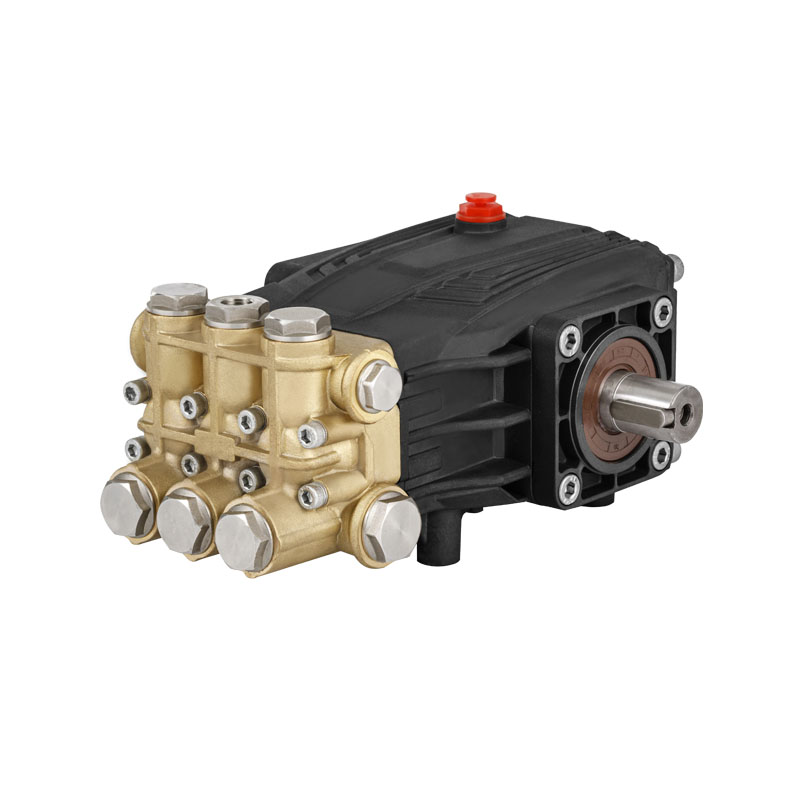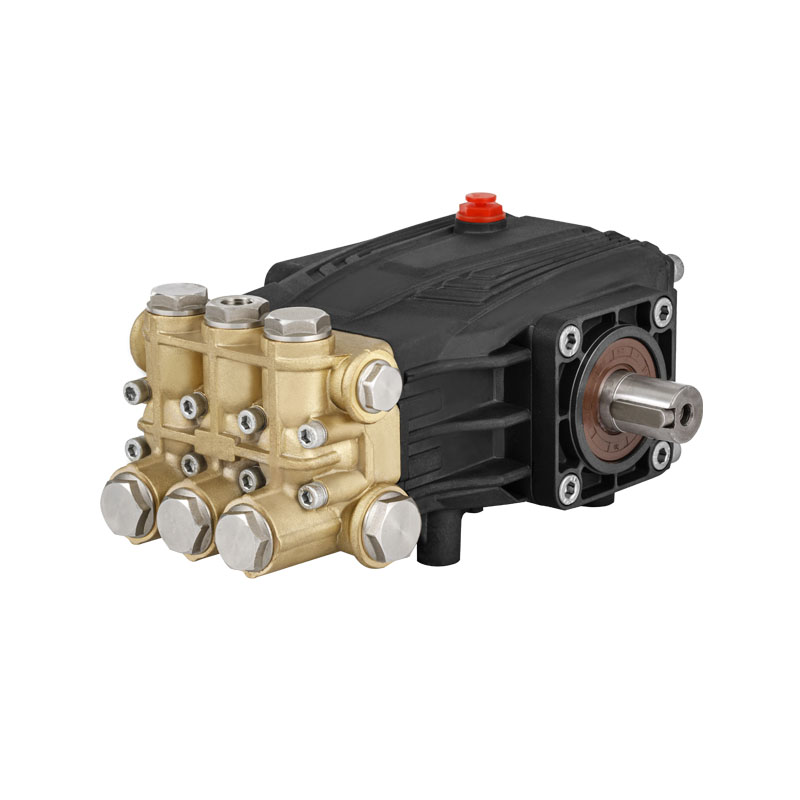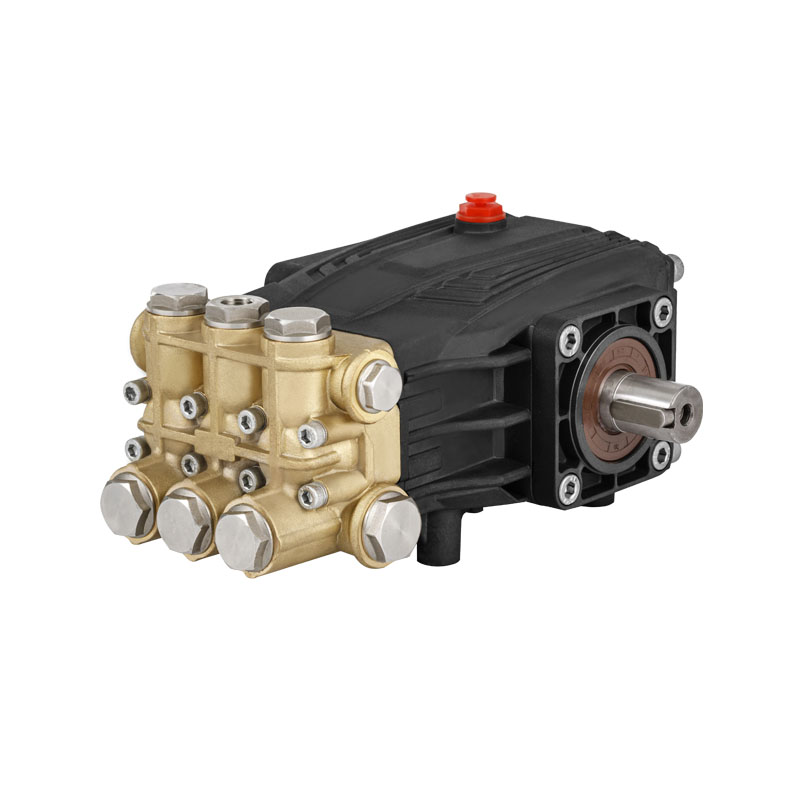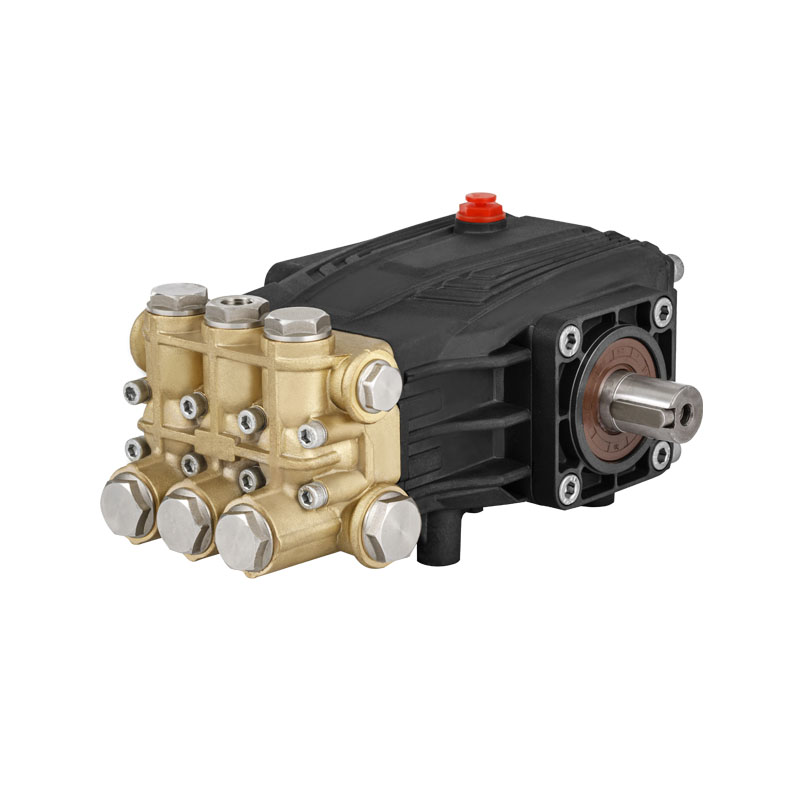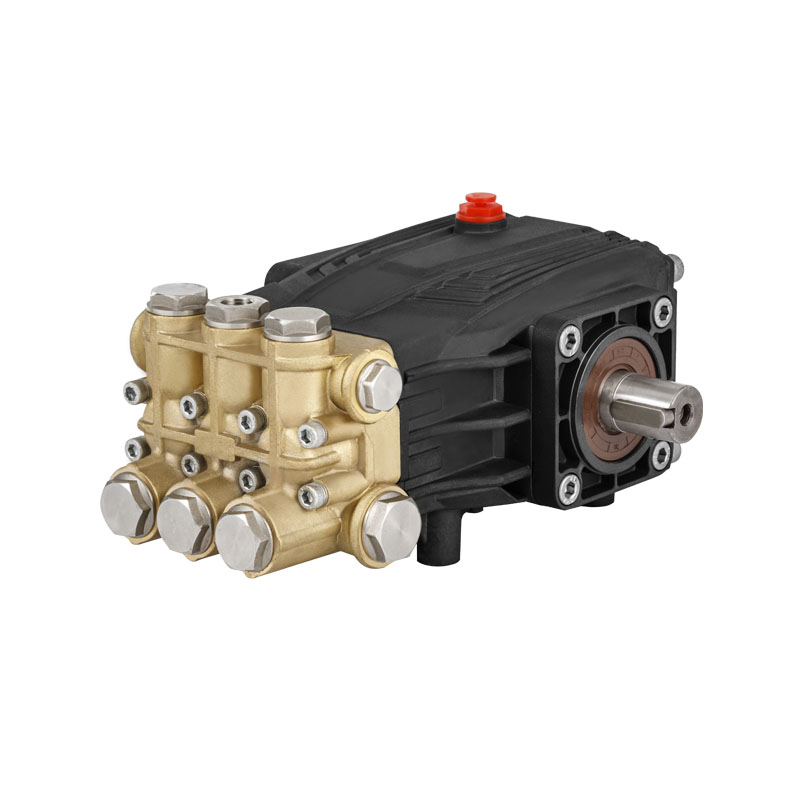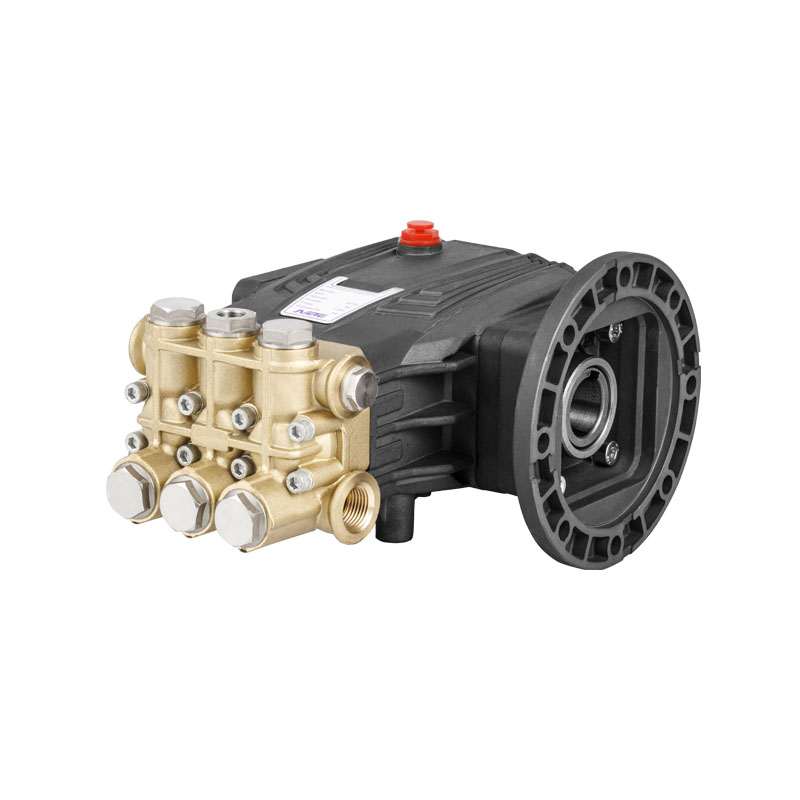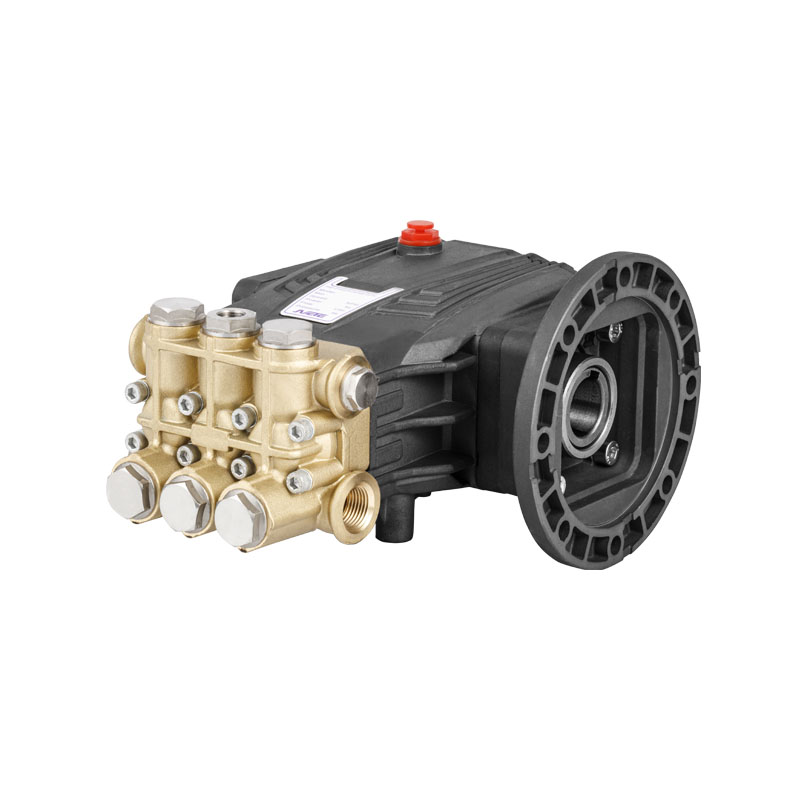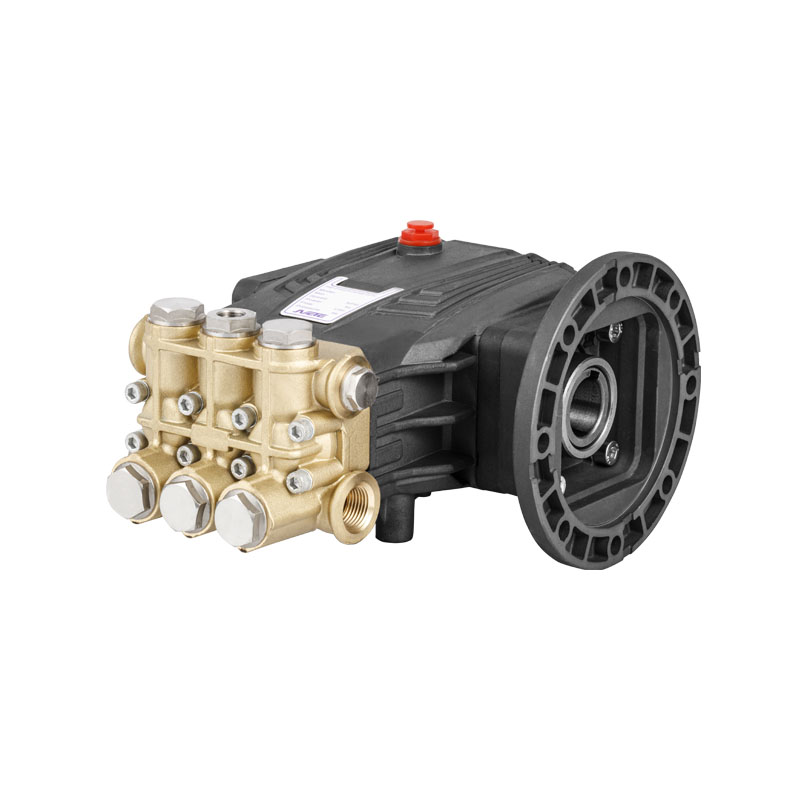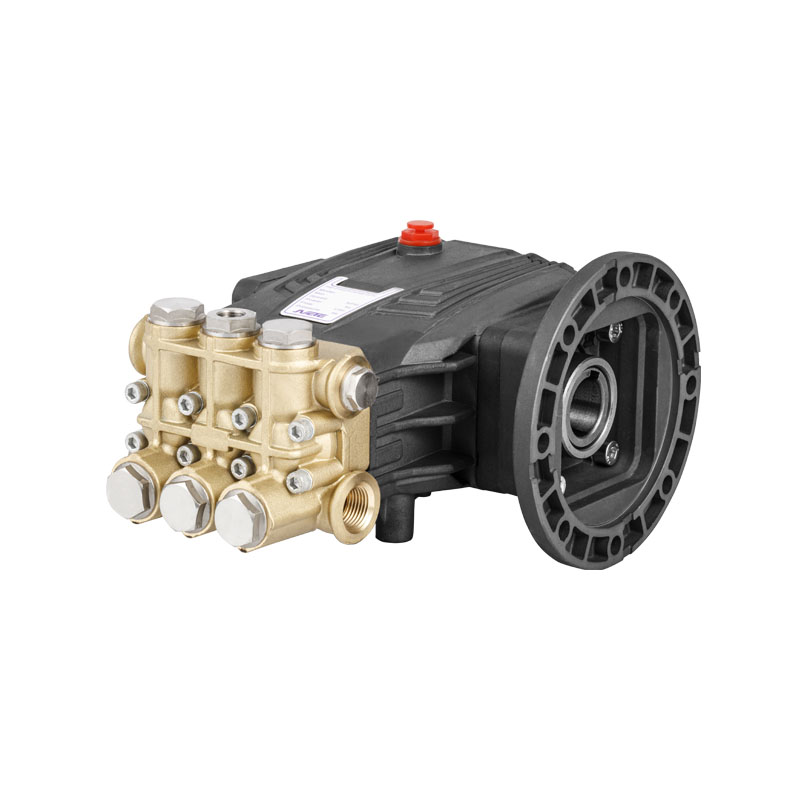The global demand for Industrial High Pressure Water Blasting Plunger Pumps is surging, fueled by technological advancements, stricter regulatory requirements for cleanliness and environmental compliance, and growing demand in sectors such as oil & gas, shipbuilding, construction, and manufacturing. As industries pursue more efficient and environmentally responsible surface preparation and cleaning methods, these specialized pumps are proving indispensable.
Industrial High Pressure Water Blasting Plunger Pumps are designed to deliver high pressure streams of water—often exceeding 10,000 PSI—to remove coatings, corrosion, chemical residues, and other surface contaminants. Their versatility makes them a good solution over traditional abrasive methods, particularly in sensitive environments where surface integrity is important.
Market Growth and Demand
Recent market reports forecast strong growth in the Industrial High Pressure Water Blasting Plunger Pumps segment through 2030, with annual growth rates projected at over 6%. Much of this growth stems from increasing adoption in power plants and petrochemical facilities, where the removal of buildup from heat exchangers, reactors, and piping systems is critical for maintaining operational efficiency.
North America and Asia-Pacific remain the dominant markets, with China and the U.S. investing heavily in infrastructure upgrades and industrial maintenance. European countries, particularly Germany and the Netherlands, are also seeing increasing demand for high-efficiency cleaning equipment that complies with new EU environmental standards.
Technology Trends
Manufacturers of Industrial High Pressure Water Blasting Plunger Pumps are focusing on developing smarter, more durable units. Innovations in seal technology, wear-resistant materials, and electronically controlled pressure regulation are transforming the capabilities of these systems. Remote monitoring and automation features are also becoming standard, allowing operators to fine-tune performance while reducing labor costs and safety risks.

One notable development is the integration of IoT sensors into Industrial High Pressure Water Blasting Plunger Pumps, enabling predictive maintenance and real-time performance diagnostics. These technologies are helping industries reduce unplanned downtime and extend pump life, delivering both operational and financial benefits.
Environmental and Safety Considerations
Environmental impact and worker safety remain top priorities in industries deploying high-pressure blasting equipment. Unlike abrasive blasting, which can generate hazardous dust and waste, Industrial High Pressure Water Blasting Plunger Pumps use water as the cleaning medium, eliminating airborne contaminants and reducing disposal costs.
In regulated sectors like pharmaceuticals and food processing, these pumps are being used more frequently for hygienic cleaning, ensuring compliance with stringent cleanliness standards without the use of harsh chemicals. Moreover, safety features such as automatic pressure release systems and fail-safe valves are being incorporated to protect operators from high-pressure hazards.
Application Versatility
The flexibility of Industrial High Pressure Water Blasting Plunger Pumps is another reason for their widespread adoption. In shipyards, they are used to strip barnacles and marine coatings without damaging hulls. In the oil and gas industry, they are deployed for wellhead maintenance, pipeline cleaning, and tank degreasing. In civil engineering, they remove concrete laitance and expose aggregates for better bonding in structural repairs.
“High pressure water blasting with plunger pumps offers good precision and efficiency,” says Mark Jensen, Technical Director at HydroForce Equipment. “Our clients in offshore drilling, municipal utilities, and heavy equipment refurbishing all rely on this technology for maintaining productivity while reducing downtime.”
Players and Competitive Landscape
Key players in the Industrial High Pressure Water Blasting Plunger Pumps market include Hammelmann, WOMA, NLB Corporation, Jetstream, and Comet Pumps. These companies are investing heavily in R&D to enhance pump durability, portability, and operational control. Many are also expanding their aftermarket service offerings, including maintenance training, spare parts kits, and on-site technical support.




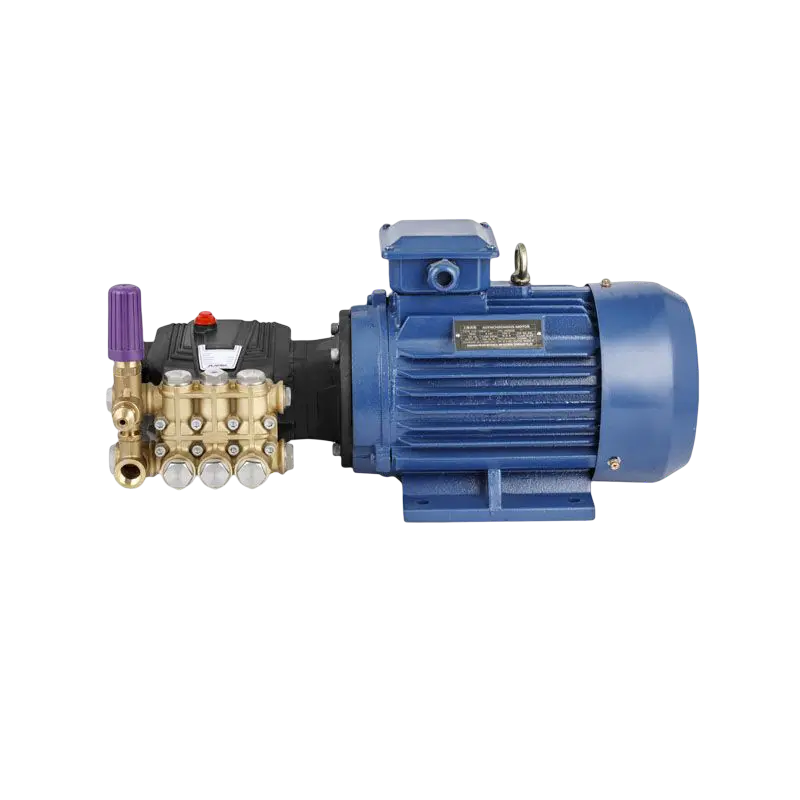
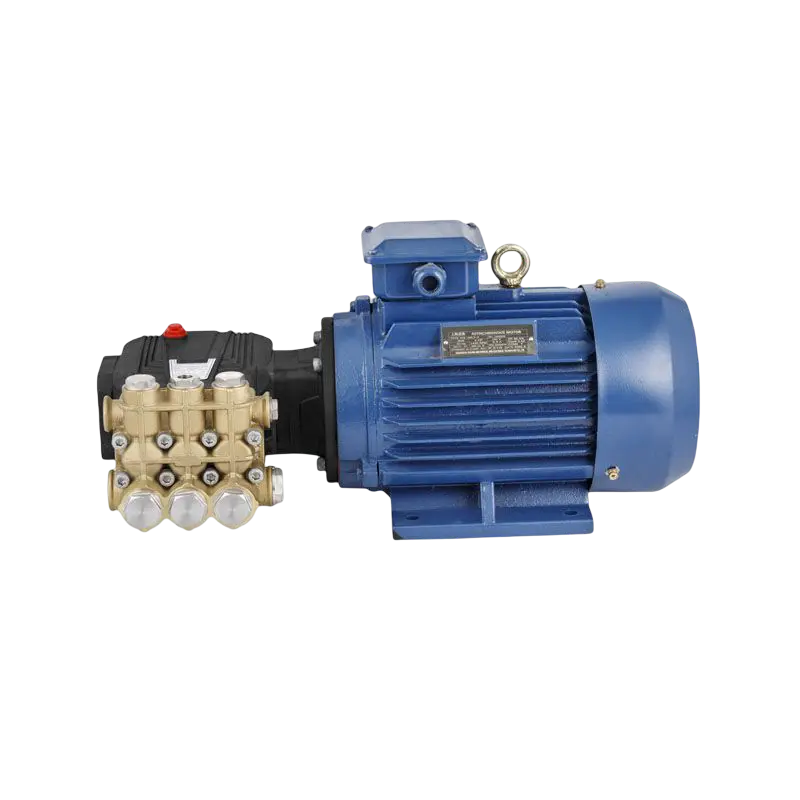
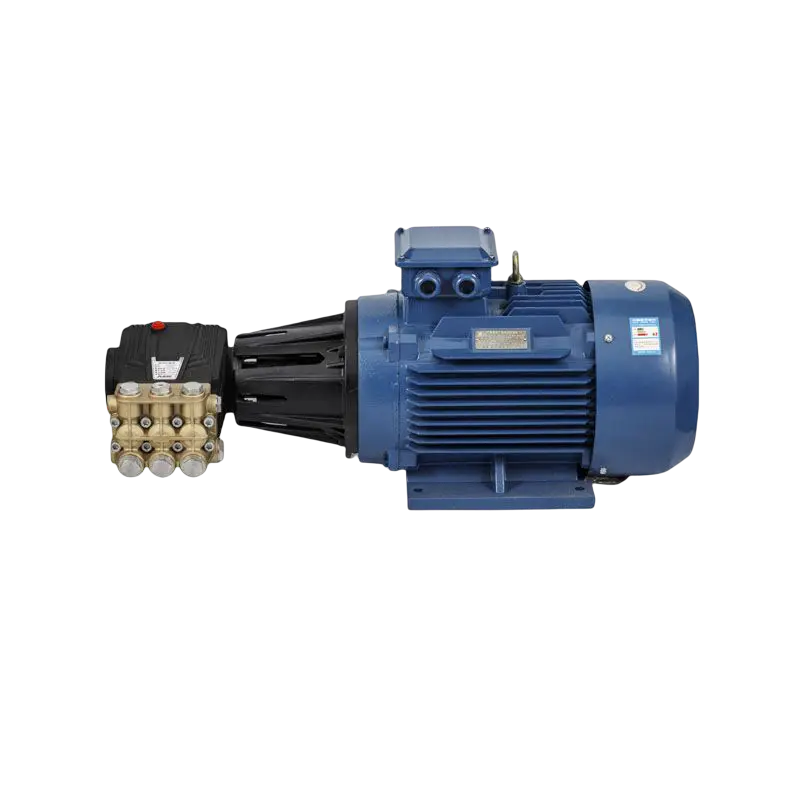
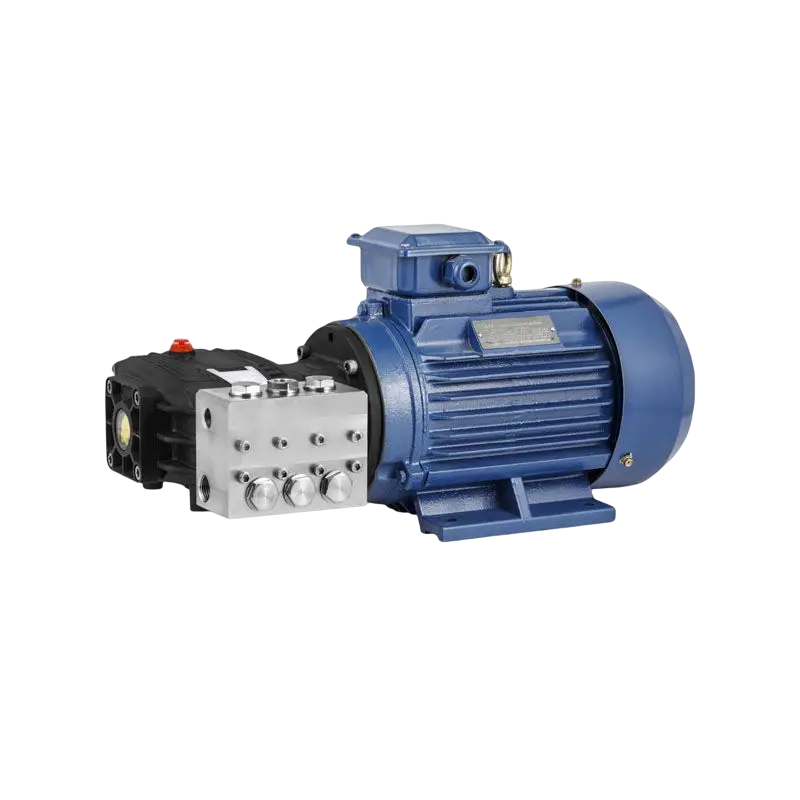
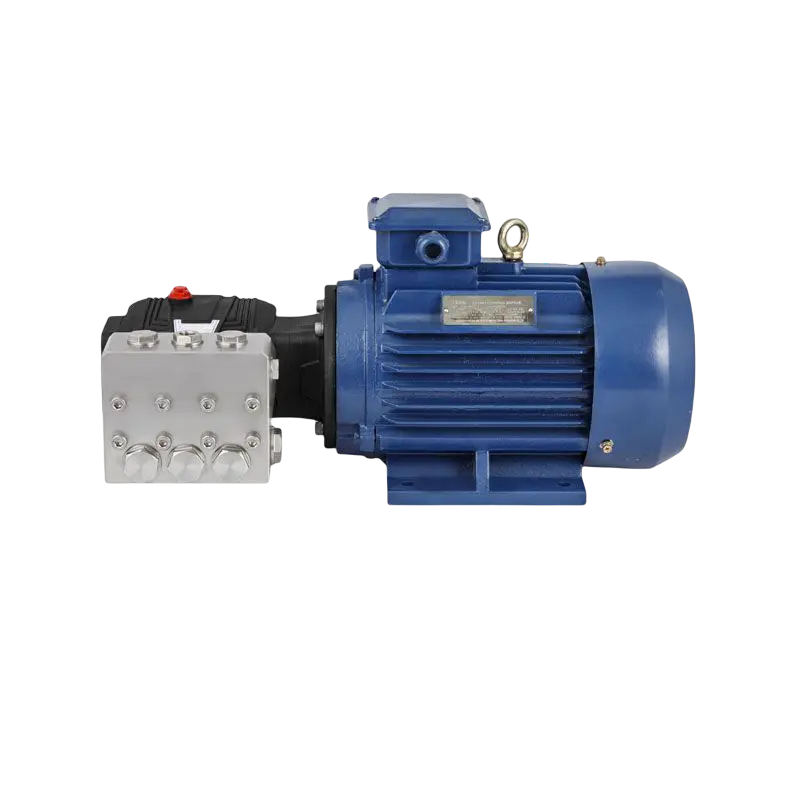
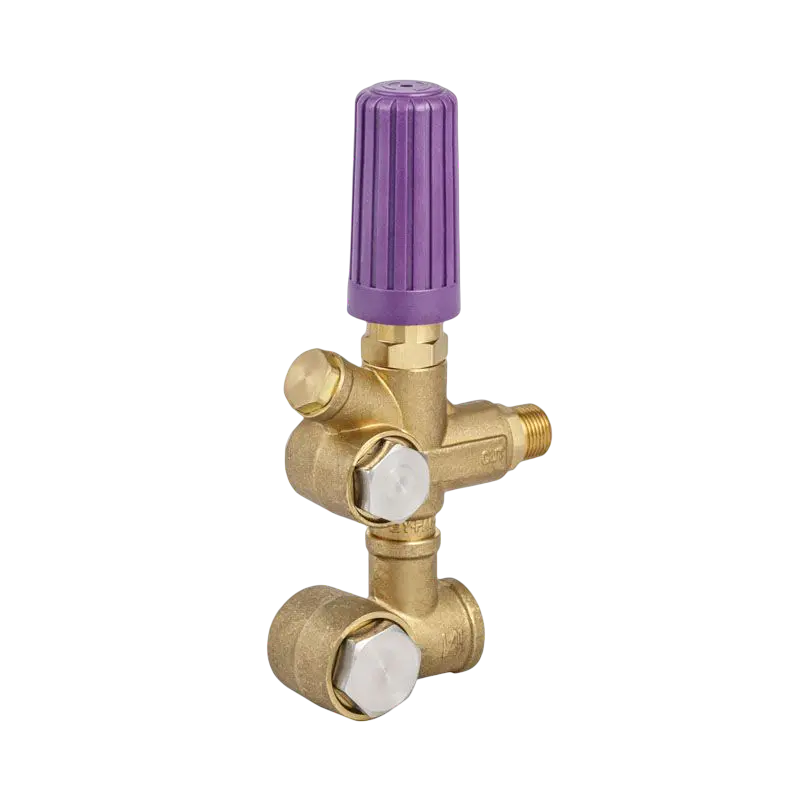
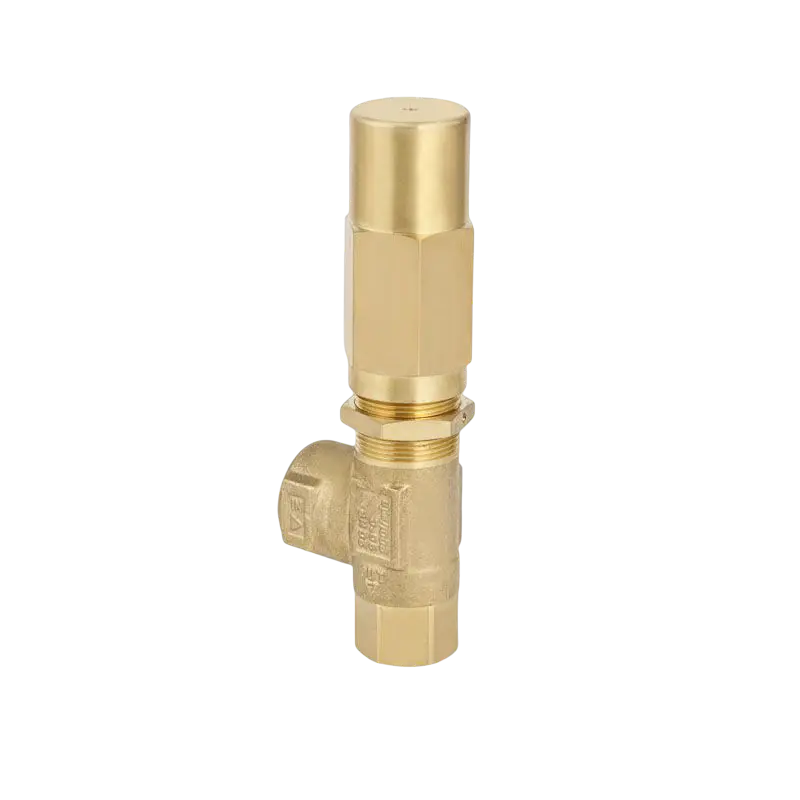
-2(1).png)


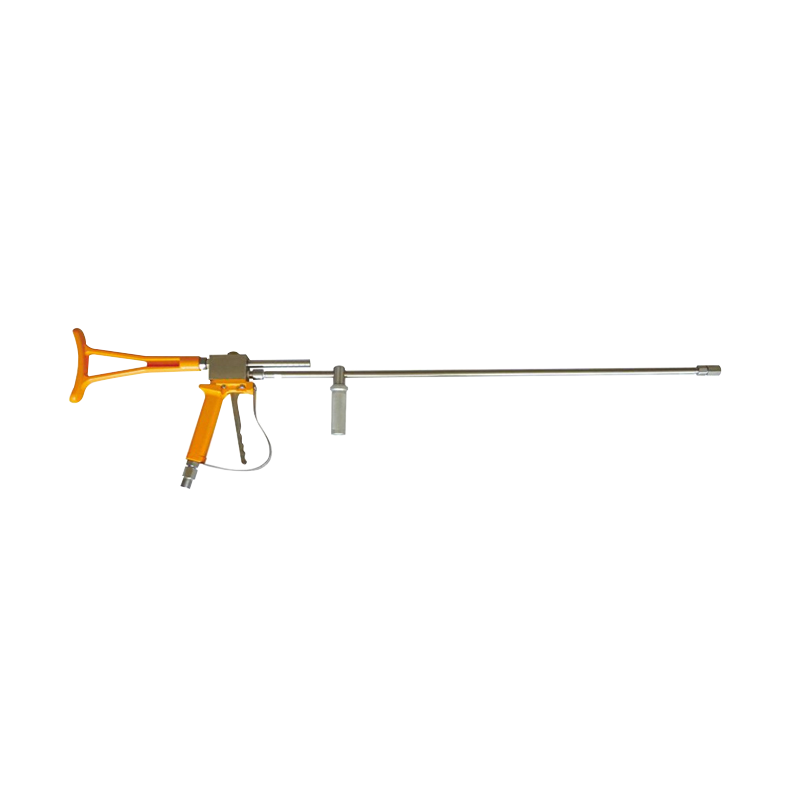
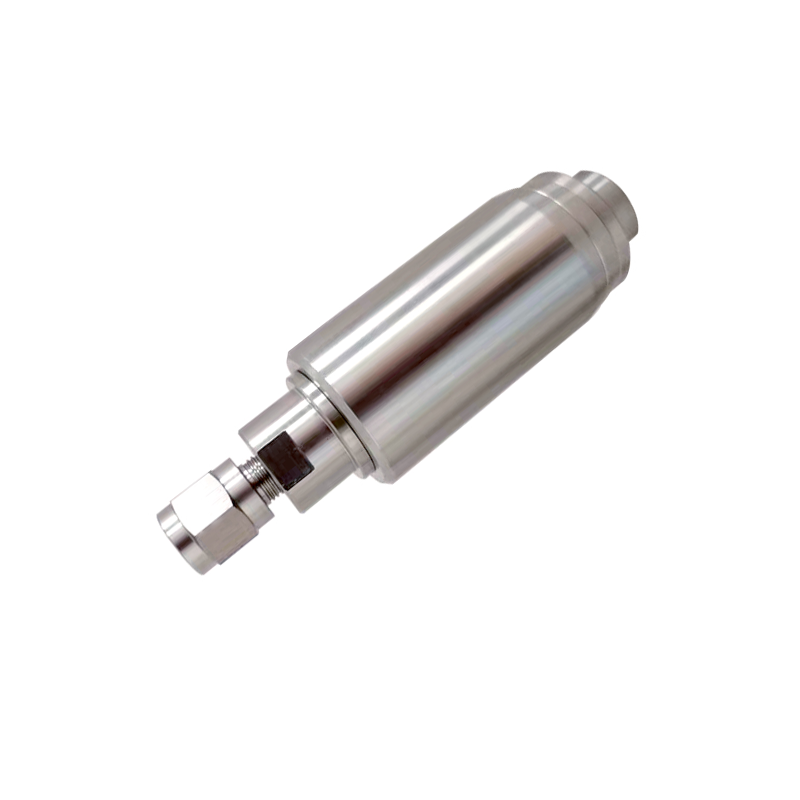
 English
English Español
Español
